Where Love Lives celebrates the unifying power of nightlife phenomenon Glitterbox
Ever since Glitterbox’s conception in 2014, has united to the rhythm of House & Disco music against prejudices to celebrate life in all its possible connotations.
Featuring Billy Porter, Honey Dijon, Kathy Sledge, Nicky Siano, and more alongside an extravagant family of artists, dancers, and queer performers, the documentary is a tender testament to club culture and its kaleidoscopic community.
Contribution by Gilda Bruno
“Music reaches us all, making us feel good. It’s a gender neutral religious tongue that bridges gaps, eliminates political divide, overcomes racial barriers, and feeds our spirits bringing people from all walks of life together as one,” reads an engaging background voice as the opening scene of Where Love Lives immerses us in the focused lights, and mirror balls-illuminated atmosphere that will accompany spectators throughout the documentary.
Launched on March 18 with a three-part online streaming extravaganza — including pre-party live sets filmed at the Royal Albert Hall and an after-party following the film premiere screening — the documentary traces the evolution of dancefloor culture through the testimonials of some of the most iconic nightlife titans of all time. From NY-based DJ’s/producers Nicky Siano, John ‘Jellybean’ Benitez, and Honey Dijon to worldwide sensation Billy Porter and Sister Sledge’s founding member Kathy Sledge. A clockwise.film and Defected production directed by Brilliams and produced by Oliver Prince, with Simon Dunmore as Executive Producer, Where Love Lives sheds light on the multifaceted community of people that, ever since Glitterbox’s conception in 2014, has united to the rhythm of House & Disco music against prejudices to celebrate life in all its possible connotations.
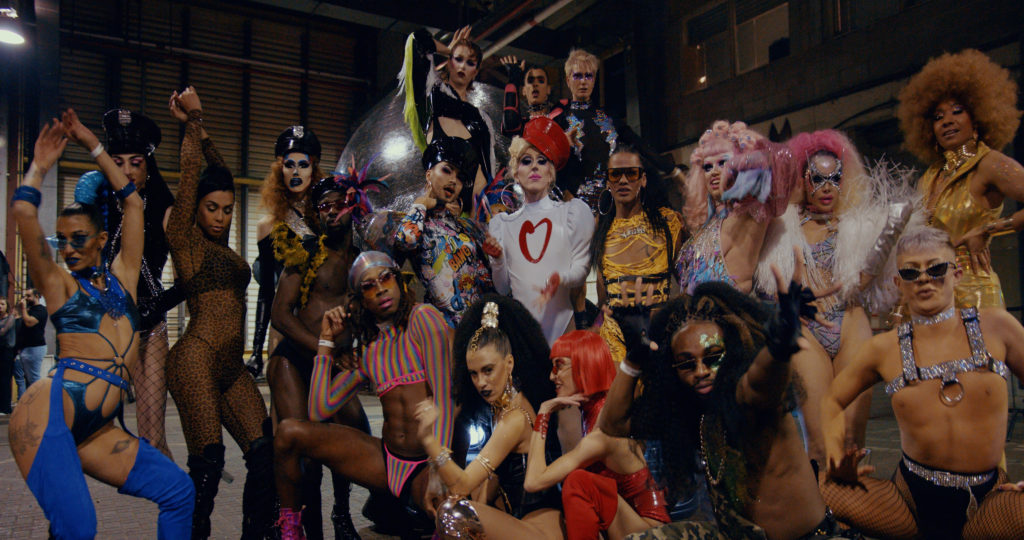
A global nightlife phenomenon emerged from the genius of Simon Dunmore himself, the mastermind behind the London-based music label Defected, Glitterbox events bring music lovers together across the world, from Ibiza to Paris and New York. Through the years, the inclusive essence of such parties has persistently merged the gap separating those driven to the margins of society from mainstream culture by granting everyone a space where to express themselves freely, share hardships, and spread unconditional love.
“I’ve always been fascinated by the positive effects of music and the communities that grow around it,” Director Brilliams explained while describing his intentions for the film.
“Since the inception of dance music, dancefloors have been a rich ground for community, and an incredible representation of cultural identity and self-expression. Everyone has their own journey to the dancefloor and their own voyage of self-expression to navigate,” he continued. “Through the stories of the kaleidoscopic family of performers that give Glitterbox its heart and soul, we set out to show why those journeys are so incredibly important.”
Thanks to the touching contributions of Billy Porter, Honey Dijon, Nicky Siano, John ‘Jellybean’ Benitez, Kiddy Smile, and Kae Burke (House Of Yes) to name a few, the audience gets to discover how the club scene has protected the lives of marginalised social groups — including queer people and POC — through the decades, serving as a shelter from drug abuse, racial violence, and the AIDS epidemic that erupted in the US in the early ‘80s.
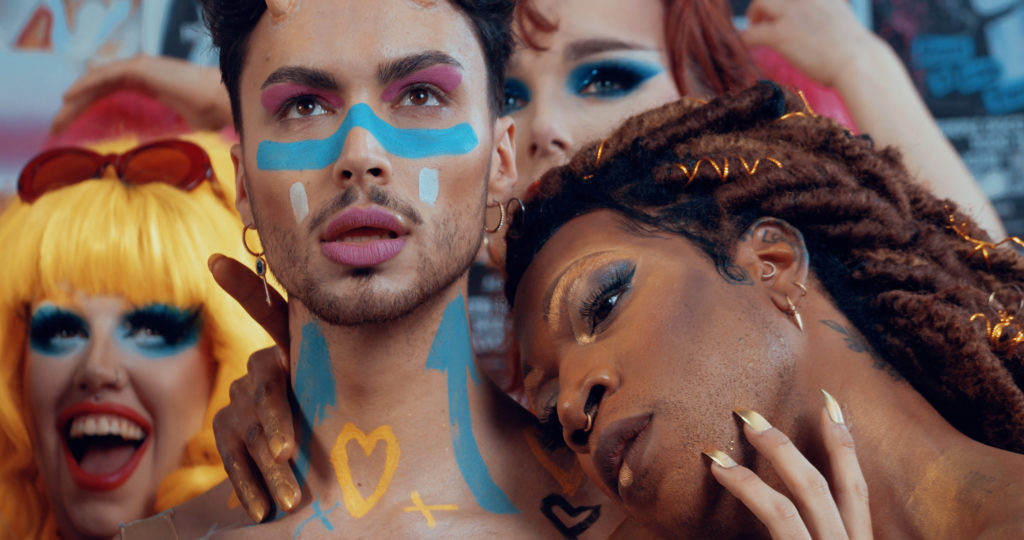
“People were dropping dead on the street and nobody cared,” Billy Porter recounts in the documentary. “We marched in the streets, we fought for medication, we fought to live, and the dancefloor was the place where we would go to be with each other, to heal, to recharge, and to find the energy so we could go back out into the world and fight some more.”
Showing how club culture granted many a second life, Where Love Lives follows closely the personal stories of three of the most charismatic Glitterbox’s performers — Lucy Fizz, TeTe Bang, and The MX Fit — delving into the reasons that made them look for their “chosen family” in the ranks of its inspiring community. Below, GUAP speaks with the Glitterbox trio about their journey in the making of the documentary, the function music will have in the post-COVID world, and queerness as one of the pioneering forces within today’s social and artistic scenario.
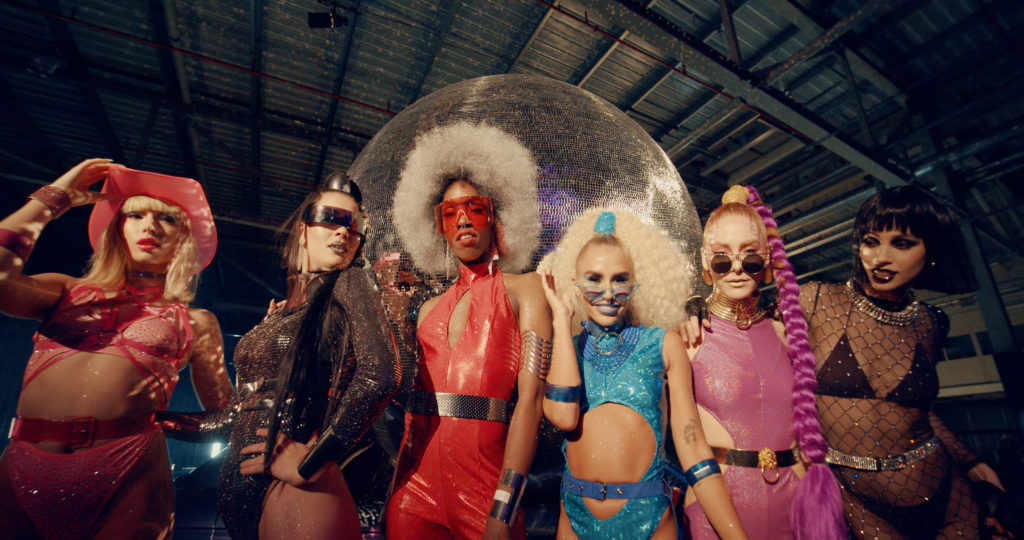
How would you describe Where Love Lives in one sentence? What does being part of this documentary mean to you?
The MX Fit: A testimony for the misfits. Being a part of this film means a lot to me because I’m participating in something that can help future generations. Growing up, I wish I had a Where Love Lives to know that I’m absolutely fine and I will one day find where I belong.
Lucy Fizz: Where Love Lives is like a love letter to the dancefloor, a celebration of our history together and what makes dancefloors so special to the people who bring them to life. Dancefloors have given me a safe space to express myself freely, it’s where I have been able to forge my identity and find the love and acceptance of a chosen family. By telling our stories and celebrating the huge impact nightlife culture has had on our lives, I hope people will see the great social value this holds and the power dancefloors have to bring people together.
TeTe Bang: It’s pure joy, a refreshing reminder of the importance of nightlife and community. It means so much to be a part of it and document what we are doing and creating while also showing a wider audience that it’s more than just clubbing; it’s community, culture, and history.
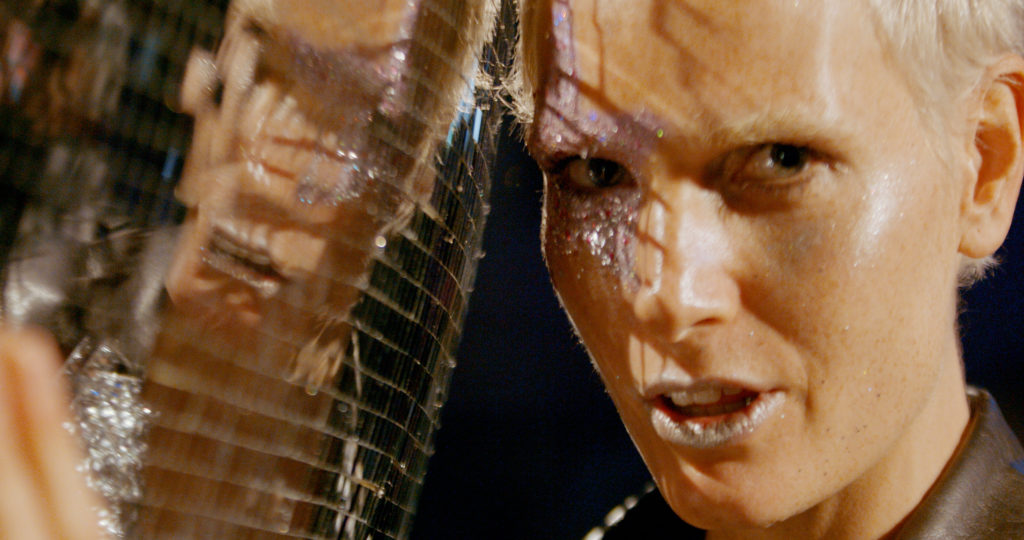
Looking back at the early days of the LGBTQ+ community, what function would you say the club scene has played in the personal and social empowerment of queer people?
The MX Fit: Clubs allowed people to meet in a safe space and overcome challenges like being rejected by their relatives and peers. They granted marginalised groups a chance to meet people who felt exactly like them. The empowerment club culture brought about is evident in the origins of the ballroom scene, especially when looking at how a minority that was targeted managed to survive and thrive. And now, they influenced the whole world.
Lucy Fizz: As LGBTQ+ people, we live our lives in a world that is predominantly geared towards straight, cis-gendered people. The queer club scene has given us the opportunity to create and curate our own safe spaces that are centred around the LGBTQ+ community and our needs. Queer dancefloors give us the chance to celebrate our lives and build a community free from the prejudice and discrimination we often face in our daily lives.
TeTe Bang: Nightlife and club spaces have historically been safe spaces for LGBTQ+ people, and like myself, many of us have met our chosen family in these spaces, found a place where we are accepted and belong. This is something that goes back decades and decades and is ultimately built on the fact that a lot of mainstream spaces just aren’t safe for queer people. It’s so important that people feel safe, and with that safety, they are able to explore themselves and express themselves how they want to.
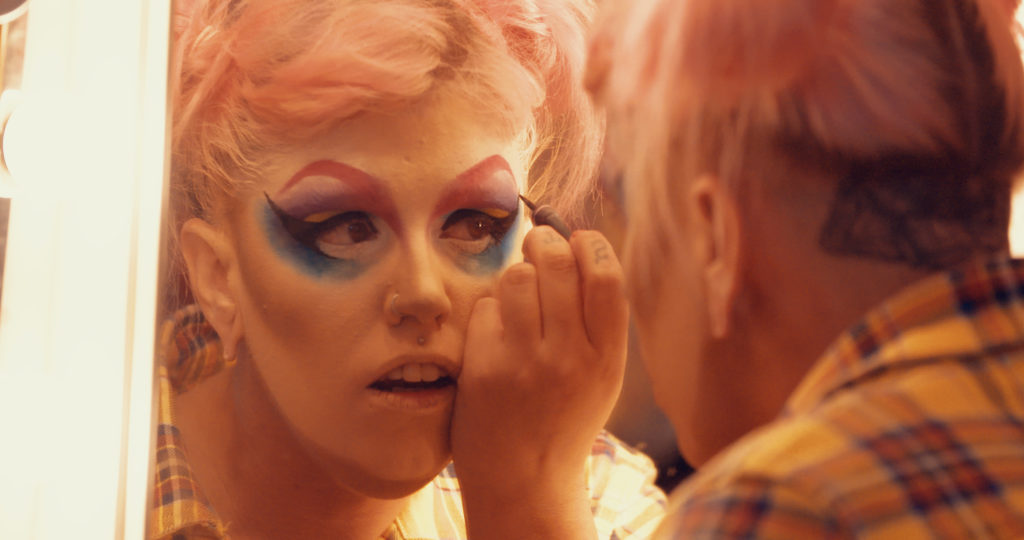
Thinking of the current socially distanced scenario, how can nightlife culture help people regain possession of their emotional and social sphere amid the concerns brought about by the pandemic?
The MX Fit: Music and dance are the universal languages of the world, you find them wherever you go. They unleash something in people that allows them to open up in ways that nothing else can. We connect on the dancefloor in ways that we couldn’t do anywhere else. Dancing and listening to music has this power to neutralise pain and worries bringing us joy and happiness. I think people are in demand of human interaction, so I reckon as soon as we are allowed to, we will party and celebrate like we never did before.
Lucy Fizz: Dancefloors offer this unique opportunity to step outside of the real world, leave your problems at the door, and be the most fabulous version of yourself. When everyone’s dancing to the same beat it’s easier to forget your differences and maybe, if those differences don’t matter so much on the dancefloor, you can carry that feeling with you out of the club and into your everyday lives.
It’s been amazing to see the Glitterbox community come together for the live stream events throughout the pandemic, the live chat is always so full of love and often feels like bumping into friends on the dancefloor who you haven’t seen for a while. It’s definitely helped keep my spirit alive throughout lockdown.
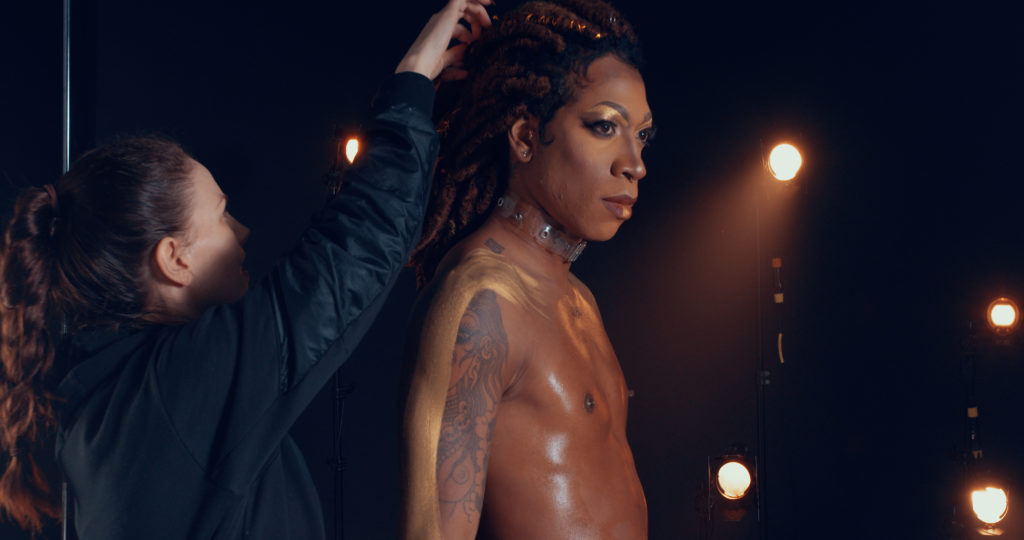
TeTe Bang: Music is universal, it surpasses all social boundaries because everybody relates to it in different ways, and they get different things from it. But having that one thing that everyone relates to is so powerful when it comes to bringing people together. Plus, the dancefloor is a place where you can’t necessarily have conversations, so there is no way to know what makes us different from each other; you just leave opinions at the door and express yourself with your body.
We are so lucky to live in a time where most people have access to the internet as a way to stay connected, and I do think it won’t take long until people will be embracing each other on dancefloors and shaking off all the anxieties of the last year. Dancing is incredibly therapeutic and great for the nervous system, so hopefully, we will come out of this with even more love and respect for nightlife.
To what extent would you say queer creatives serve as a pioneering force within today’s society?
The MX Fit: We have been (and are still) facing adversity and very traumatic experiences. We became resilient and found art to express ourselves and to communicate with others since our voices were not otherwise being heard. I believe greatness comes from suffering and, in our case, our greatness comes from our past, the things we see, hear, go through, and how we deal with it. We also look forward, and the world has to catch up with us. This explains why we are influencing so much.

Lucy Fizz: I think that being queer there’s this sense of liberation from the norm and that’s why there’s such a creative force within the queer community. Once you’re already living outside of the box, you don’t have to think inside the box. There’s this huge creative freedom that comes from knowing that you don’t have to conform and play by the rules.
TeTe Bang: I think pretty much every mainstream art form has its roots in LGBTQ+ culture. Whether it’s the queer artists who we see constantly hanging up in world-renowned galleries like Andy Warhol or Keith Haring, or musical legends like David Bowie, queer people have always expressed themselves and pushed the social boundaries with art and culture, although much of it, unfortunately, goes unrecognised.
Historically, we have seen mainly cis gay men be the face of the community, but I think in the past few years that has really started to change. However, there is still plenty more to do, especially for queer people of colour and trans people who are often not acknowledged or celebrated in the way they deserve to be; those people are creating incredible art that deserves to be given as much of a platform as anyone else.

Let’s think about brighter times. What’s the first song you’ll be dancing to once clubs open up again?
The MX Fit: It would have to be one of The Shapeshifters’ songs! Any of them, I love them all!
Lucy Fizz: Literally, as soon as the lights go up and the DJ hits play, I will be on the dancefloor whatever the song is. However, I will always come running to the dancefloor when someone plays Jamiroquai’s Cosmic Girl.
TeTe Bang: I’ve had this question a few times now and my answer changes every time because music is so dependent on emotion, but at the moment, I really want to dance to a set by Purple Disco Machine. I’m so desperate for a dance though that I’m sure I would start stomping to anything at this point!
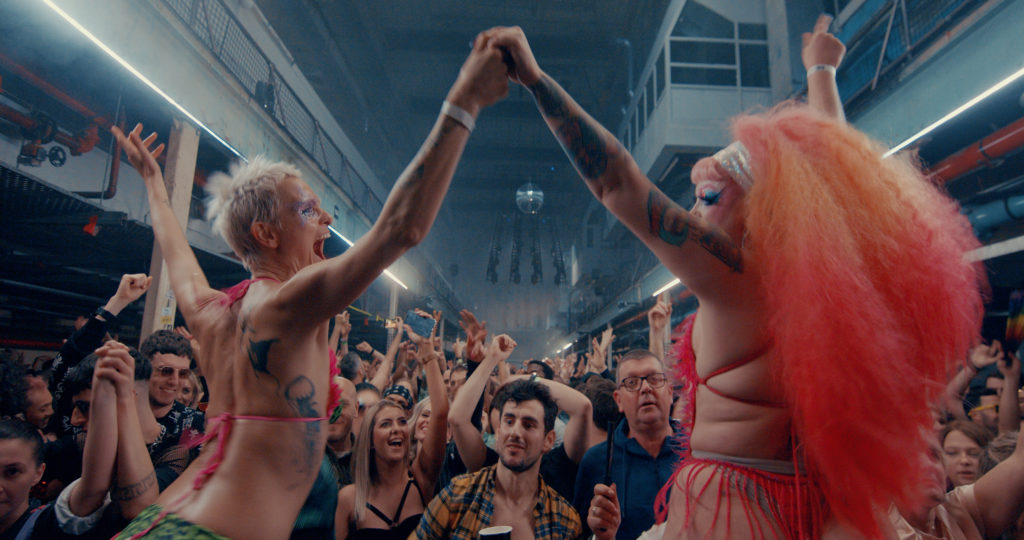
Check out the GUAP Arts & Culture section, to discover new art, film, and creative individuals.




![ZINO VINCI’S ‘FILTHY & DISGUSTING’EP BRINGS YOU TO THE CORE OF THE ARTIST [@ZinoVinci]](https://guap.co/wp-content/uploads/2023/10/Zino-4.jpg)

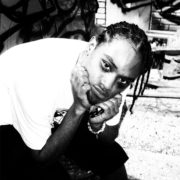
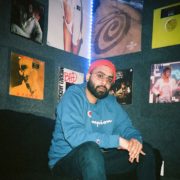


![Remel London’s [@Remel_London] “Mainstream” is a must attend for upcoming presenters!](https://guap.co/wp-content/uploads/2017/02/REMEL-LONDON-FLYER-FINAL-YELLOW-COMPLETE-1.png)